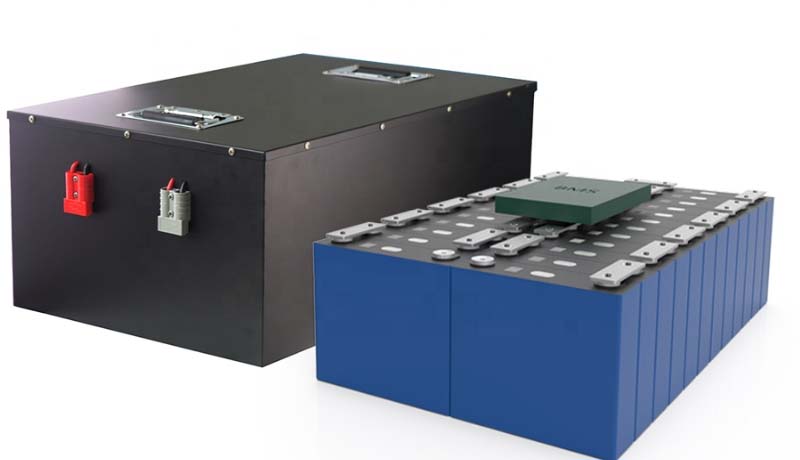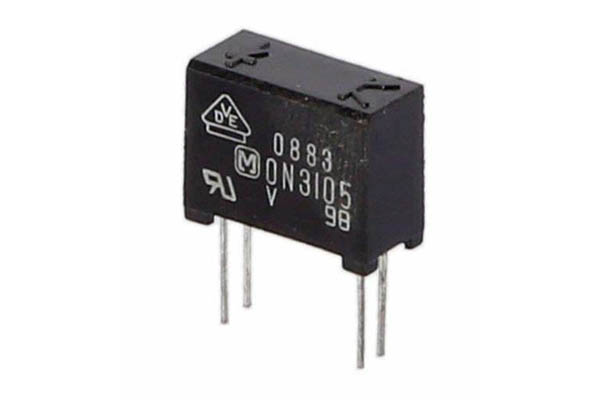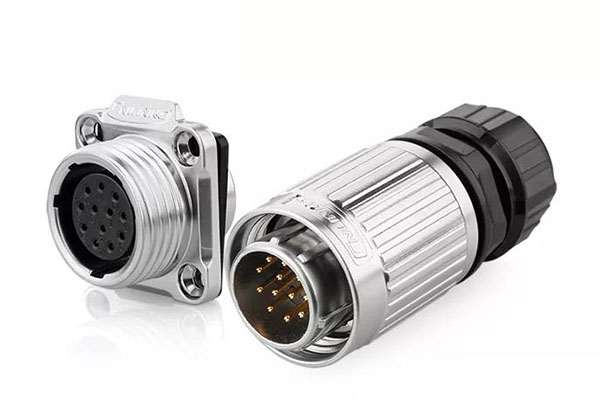Fuel cells are a promising technology for clean and efficient power generation. The air supply system in a fuel cell filters humidifies, and regulates the pressure of the air entering the fuel cell to provide the cathode with the appropriate oxygen. One crucial component in the air supply system is the airflow sensor, which measures the airflow entering the fuel cell. In this blog, we will focus on the details, using the Toyota Mirai as an example.
The Importance of Airflow Sensors in Fuel Cell Systems
The airflow sensor used in fuel cell engines is similar to those used in traditional engines. Its main function is to measure the airflow entering the air duct and calibrate the excess factor of oxygen entering the fuel cell cathode. The performance of the fuel cell stack and the overall fuel cell system is significantly influenced by the accuracy of the airflow measurement. Therefore, the airflow sensor in the air route of a fuel cell system has specific technical requirements, including fast response time, high measurement accuracy, low flow resistance, and high reliability.
Structure and Principle of Airflow Sensors
One type of airflow sensor commonly used in fuel cell systems is the thermal mass airflow sensor, which belongs to the category of thermal flow meters. It operates based on the theory proposed by Thomas, which states that the heat released or absorbed by a gas is directly proportional to its mass flow rate. A sensor element and a temperature sensor are located within the measured airflow in the airflow sensor.
The sensor element is heated by an external heat source, and when the gas flows, it carries away a certain amount of heat, causing a change in the temperature of the sensor element. By measuring this temperature change, the mass flow rate of the gas can be determined. The airflow sensor consists of a cylindrical housing with an insert sensor shell and a measurement channel where a portion of the airflow passes through the sensor element.
Recommended Airflow Sensor for Fuel Cell Applications
One example of a recommended airflow sensor for fuel cell applications is the AFE-01 gas flow sensor, which utilizes MEMS (Micro-Electro-Mechanical Systems) technology. The AFE-01 is a chip-level gas flow sensor produced by a European manufacturer. It is known for its high sensitivity, capable of accurately detecting gas flow rate changes as low as 0.001m/s.
The sensor, with a compact size of 5 mm x 3.5 mm x 0.2 mm, consists of four platinum thin-film resistors and various temperature sensors. The AFE-01 chip is manufactured on a silicon substrate, and a thin film is formed through corrosion on the sensor element. The thin film contains a heating resistor and temperature sensors.
The AFE-01 chip is highly suitable for airflow measurement due to its small size, high-temperature resistance (-20°C to 150°C operating environment), excellent temperature compensation circuitry, and cost-effectiveness.
Key Features of the AFE-01 Flow Sensor:
- Compact size, suitable for various industries and applications
- Bi-directional detection capability
- Can measure the flow of small mass objects
- Simple signal processing and calibration
- Fixed mechanical components
- Excellent repeatability and long-term stability
- Electrical connection using insulated enameled copper wire (generally 25 mm in length)
- Operating principle based on thermal measurement
- Measurement range: 0 … 0 m/s (example for CTA mode circuit)
- Sensitivity: 0.001 m/s
- Accuracy: < 2% of measured value (dependent on the circuit and calibration)
- Response time: T63% < 0.5 s
- Temperature range: -20°C to +150°C
- Power supply voltage: Typically 2-5 V (dependent on gas flow rate)
Conclusion
Airflow sensors play a critical role in fuel cell systems by accurately measuring the airflow entering the fuel cell. The Toyota Mirai and other fuel cell vehicles rely on precise airflow measurement for optimal performance and efficiency. The AFE-01 flow sensor, utilizing MEMS technology, offers excellent sensitivity, compact size, and high-temperature resistance, making it well-suited for fuel cell applications. As fuel cell technology advances, airflow sensors will remain crucial in ensuring fuel cell systems’ reliable and efficient operation.




